 |
|
NROL-70 (Delta IV-Heavy) 9 April 2024 |
Space Launch Complex 37 Cape Canaveral Space Force Station |
A United Launch Alliance (ULA) Delta IV-Heavy rocket launched the NROL-70 mission for the National Reconnaissance Office (NRO) from Space Launch Complex-37 at Cape Canaveral Space Force Station at 12:53 p.m. on 9 April 2024. This is the 16th and final launch of a Delta IV-Heavy rocket. According to ULA, "The NRO develops and operates the world’s most capable and innovative overhead reconnaissance systems to collect intelligence for U.S. national security, and to support disaster relief and humanitarian efforts. The NROL-70 mission will strengthen the NRO’s ability to provide a wide-range of timely intelligence information to national decision makers, warfighters, and intelligence analysts to protect the nation’s vital interests and support humanitarian efforts worldwide." |
|
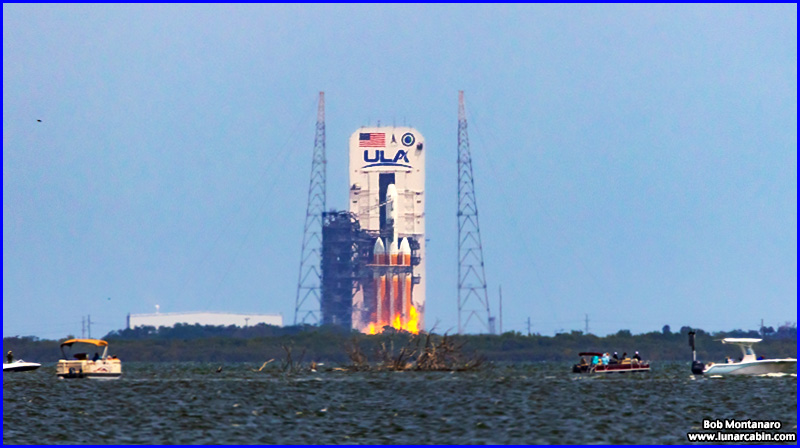 |
|
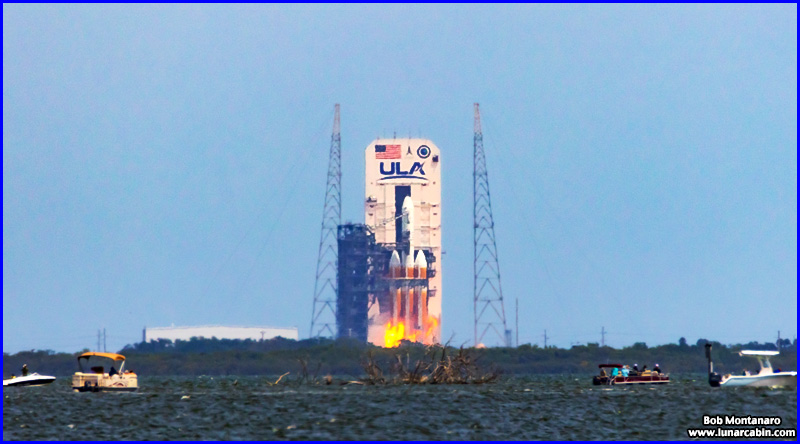 |
|
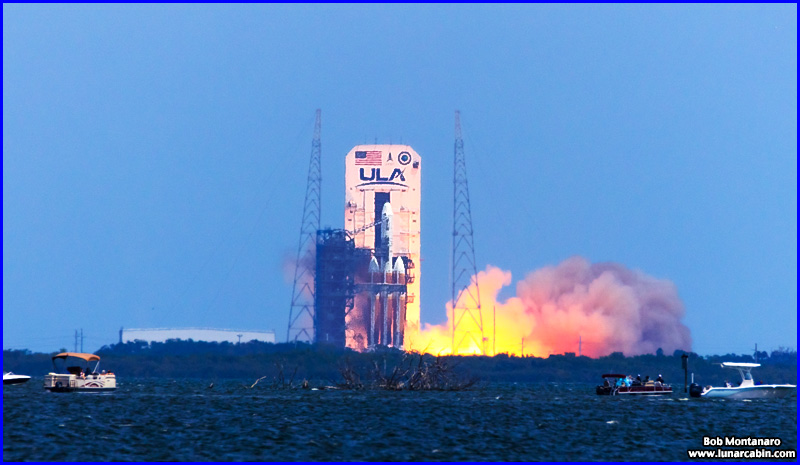 |
|
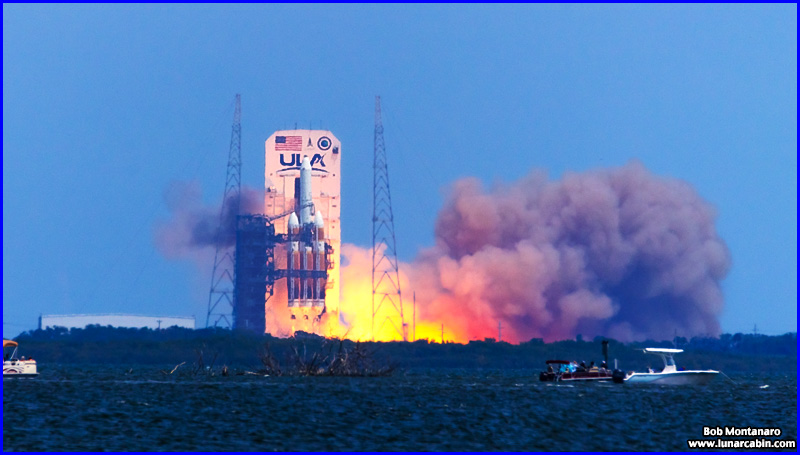 |
|
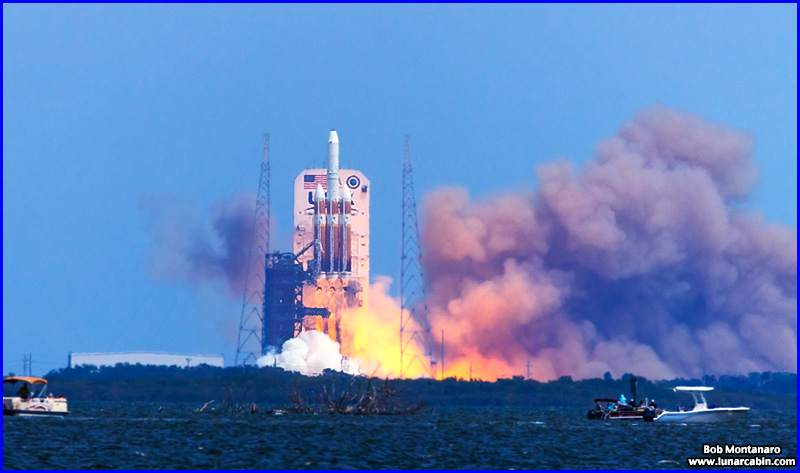 |
|
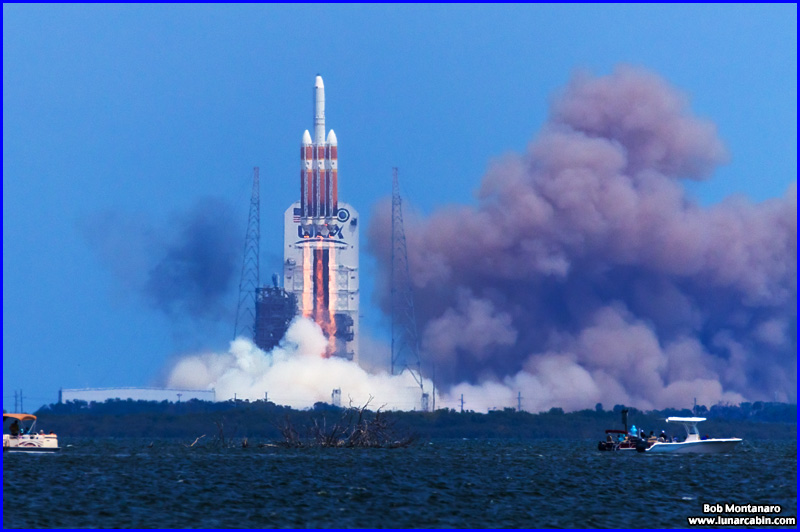 |
|
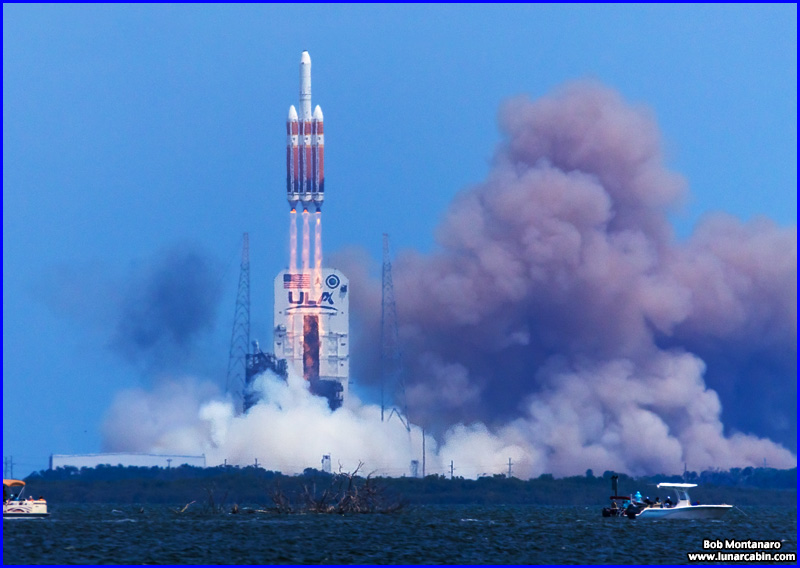 |
|
 |
|
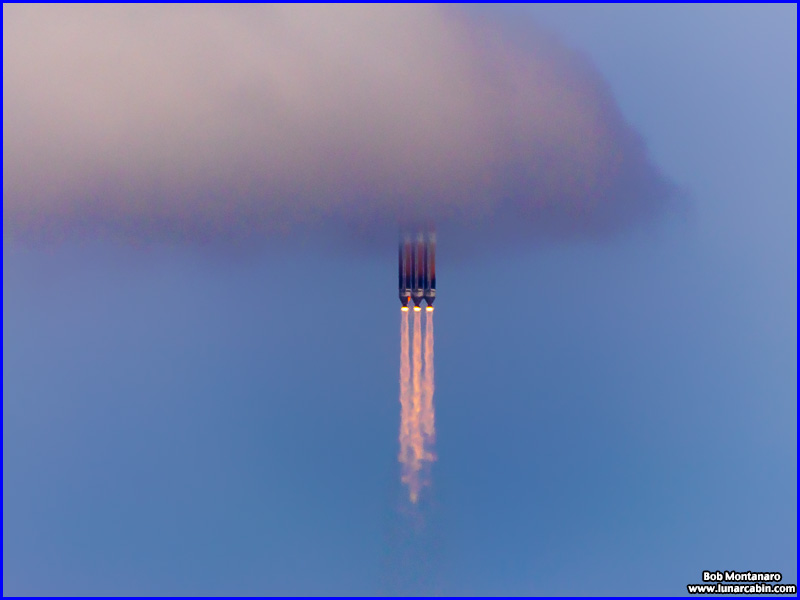 |
|
 |
|
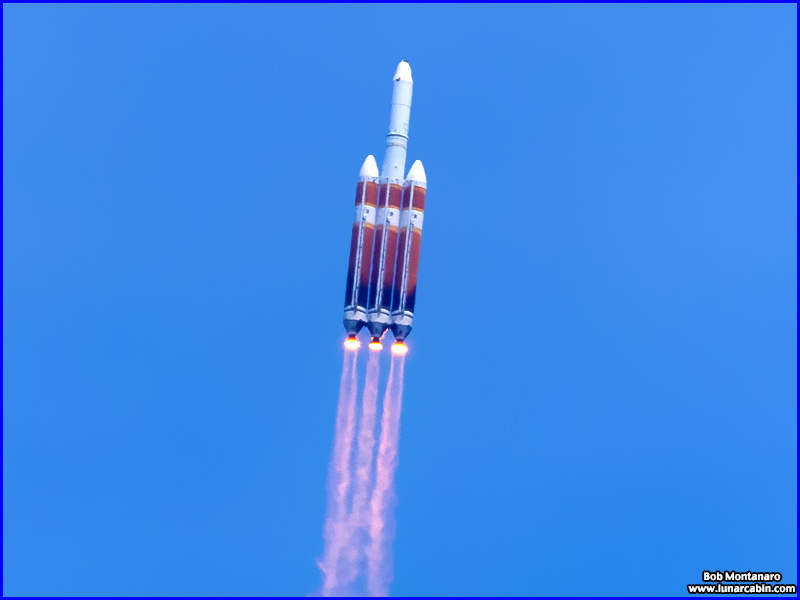 |
|
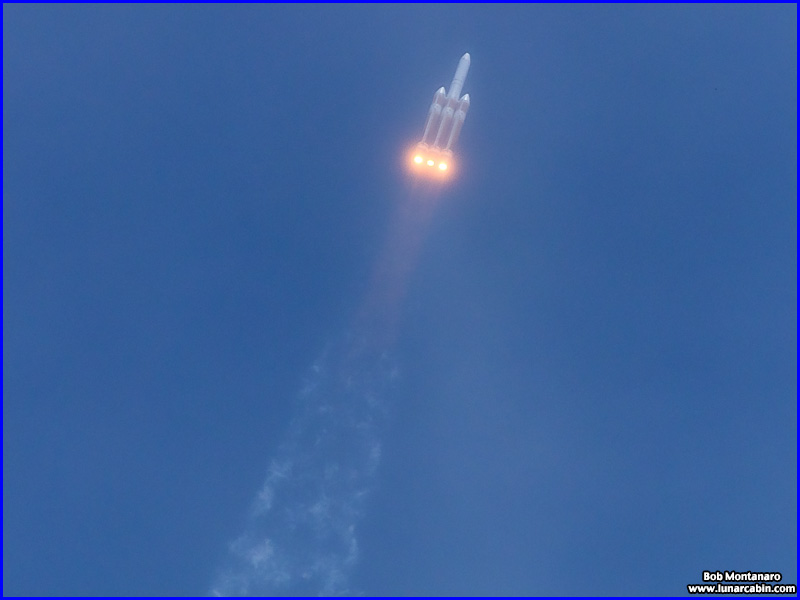 |
|
 |
|
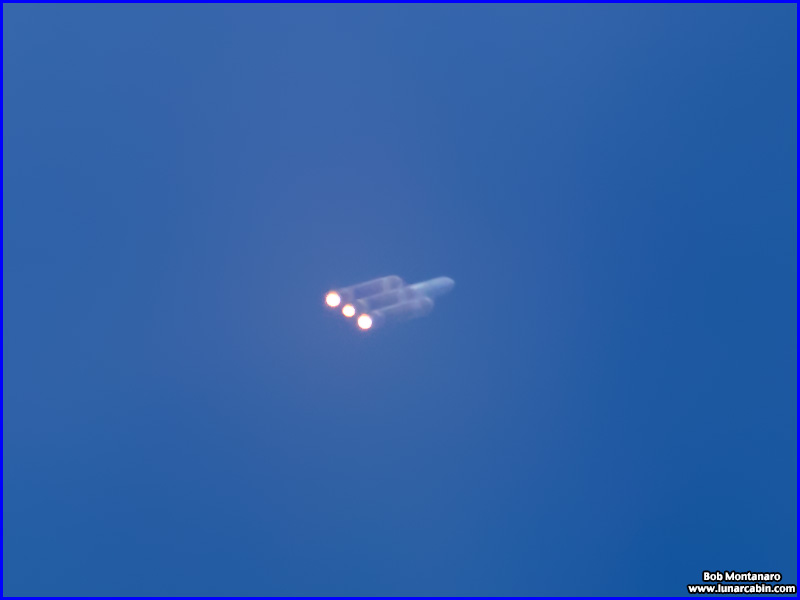 |
|
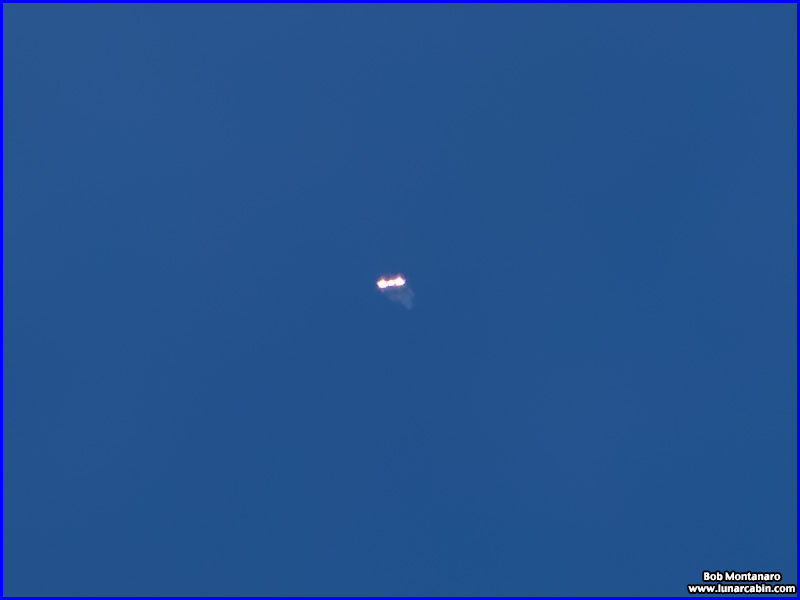 |
|
FROM A UNITED LAUNCH ALLIANCE NROL-70 MEDIA RELEASE |
|
Delta IV-Heavy Payload Fairing Delta Cryogenic Second Stage (DCSS) Booster |
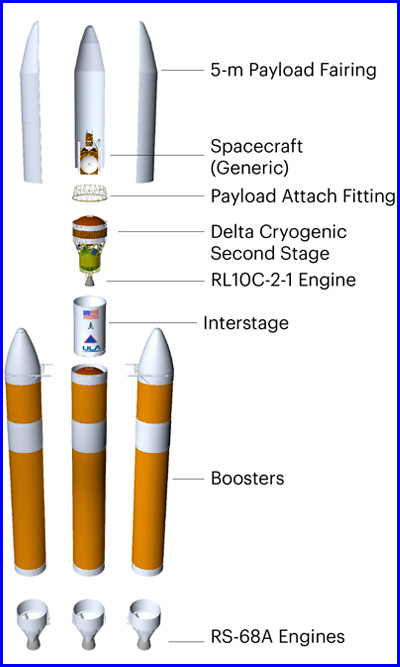 |
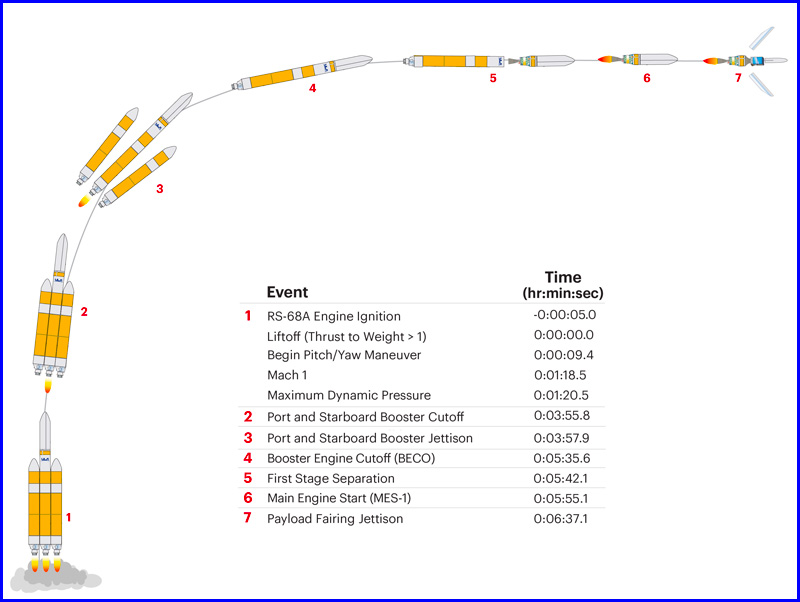 |
|
NROL-70 mission flight profile. |
|
FROM A NRO NROL-70 MEDIA RELEASE |
|
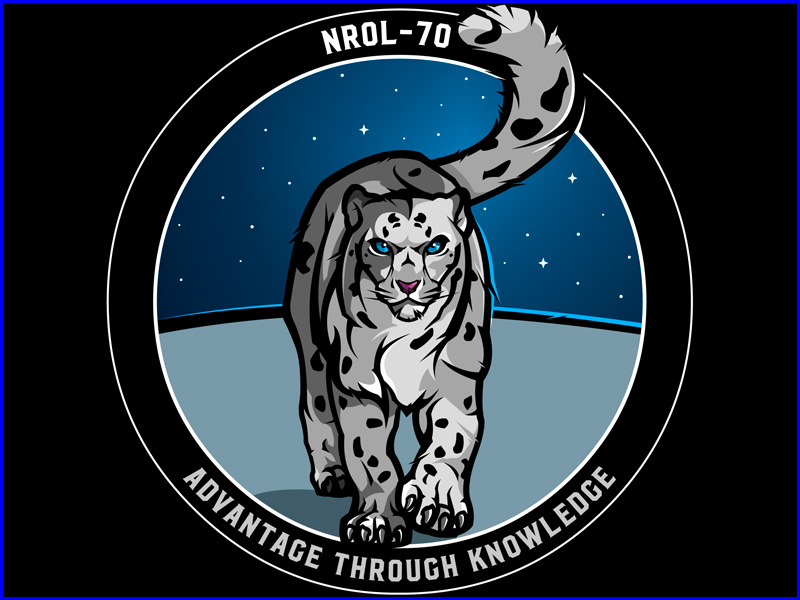 |
|
The snow leopard illustrates the quiet strength with which we provide an advantage to the nation and its allies. |
|
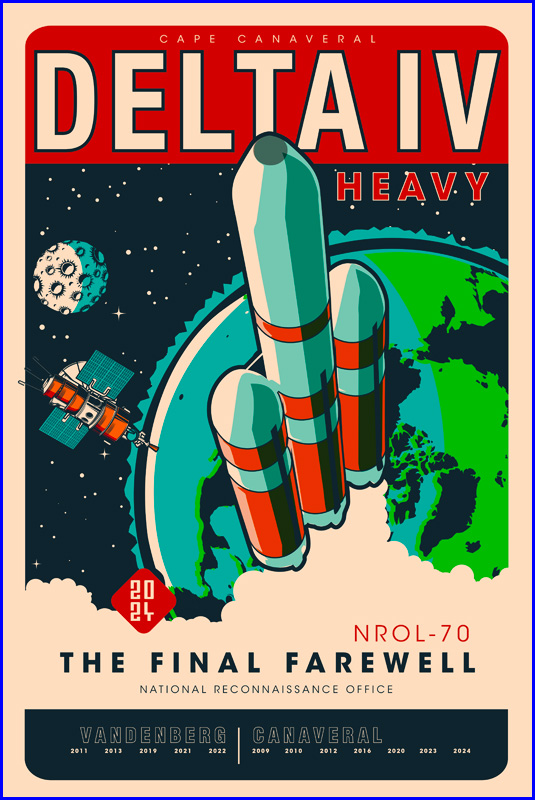 |
|
All contents copyright Lunar Cabin |
|